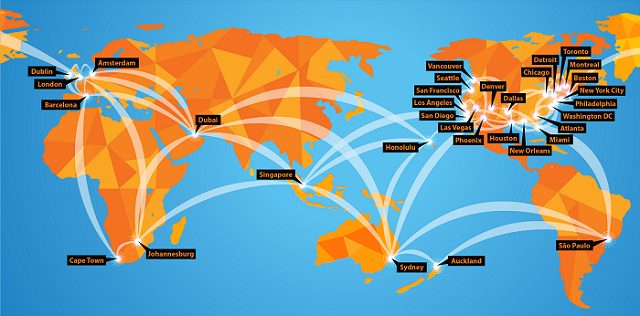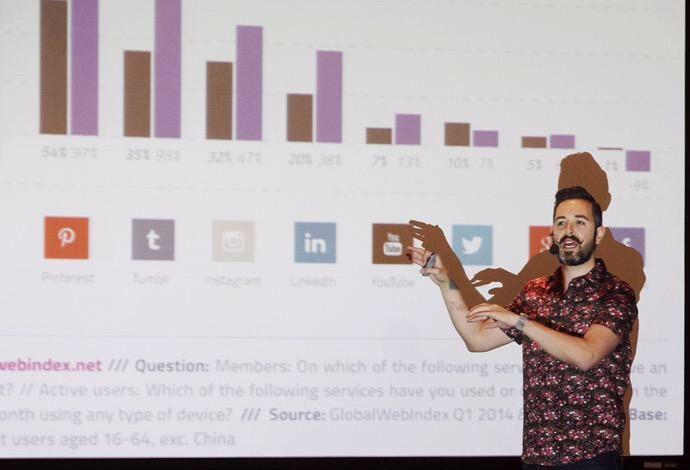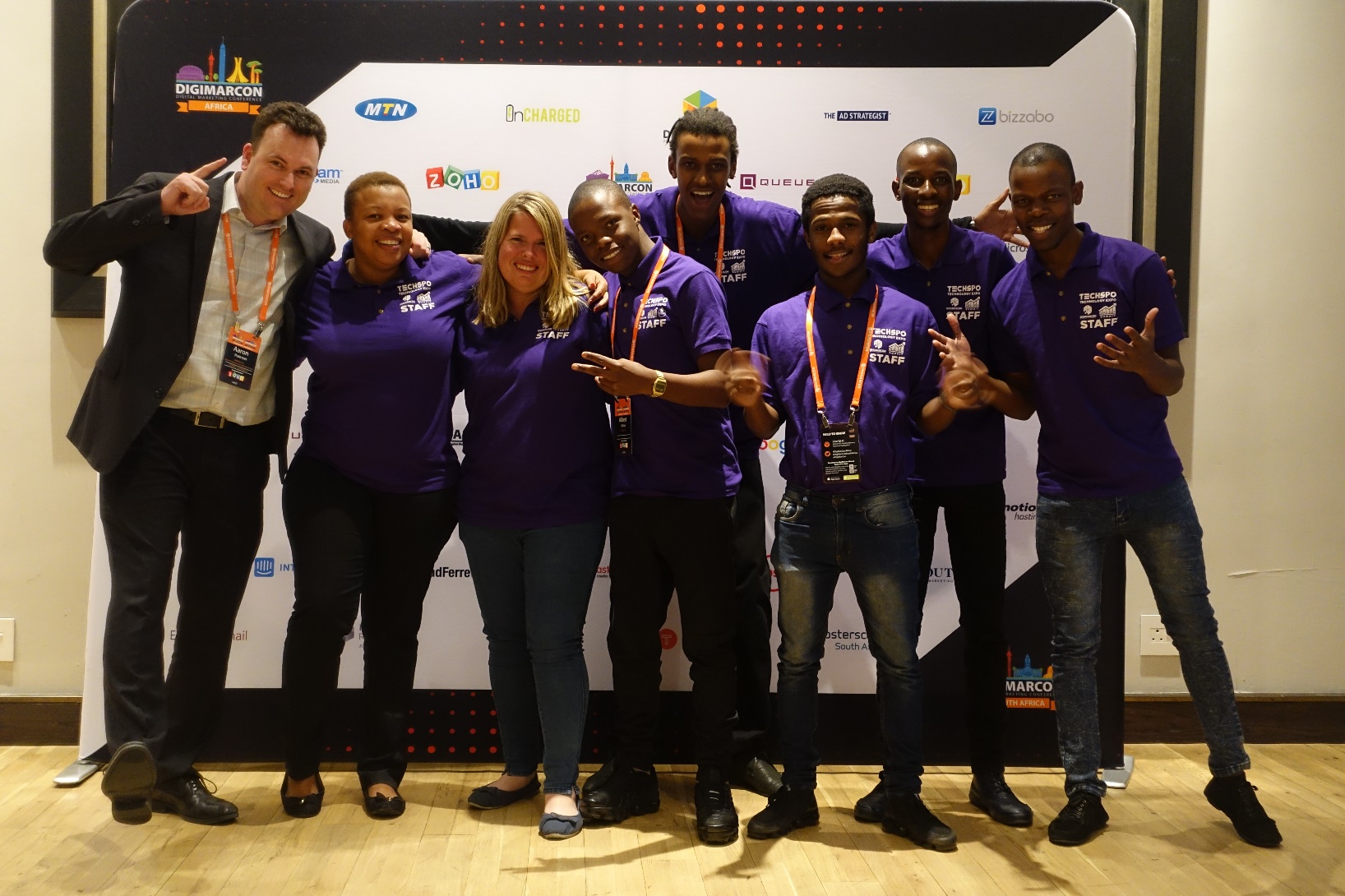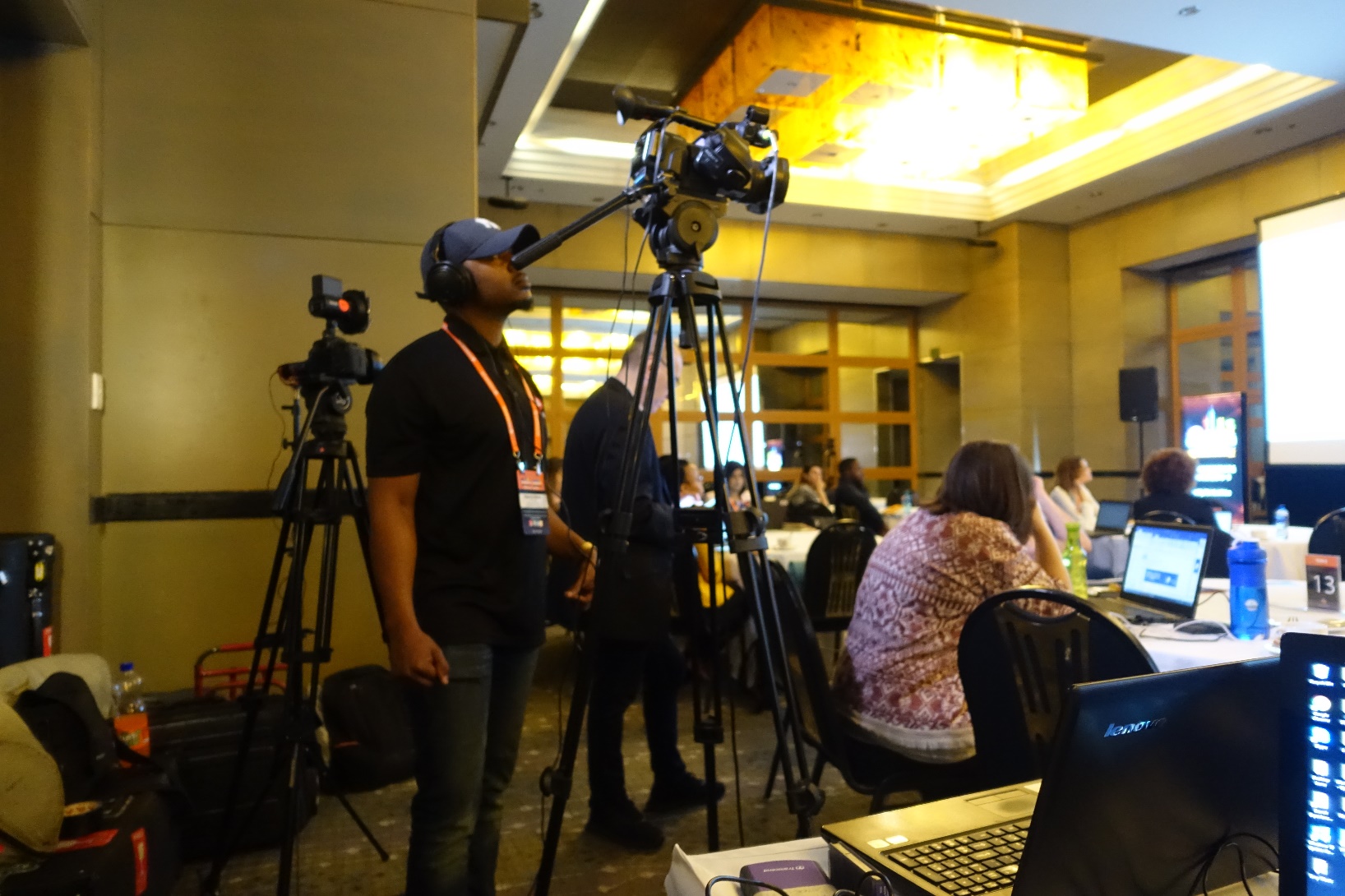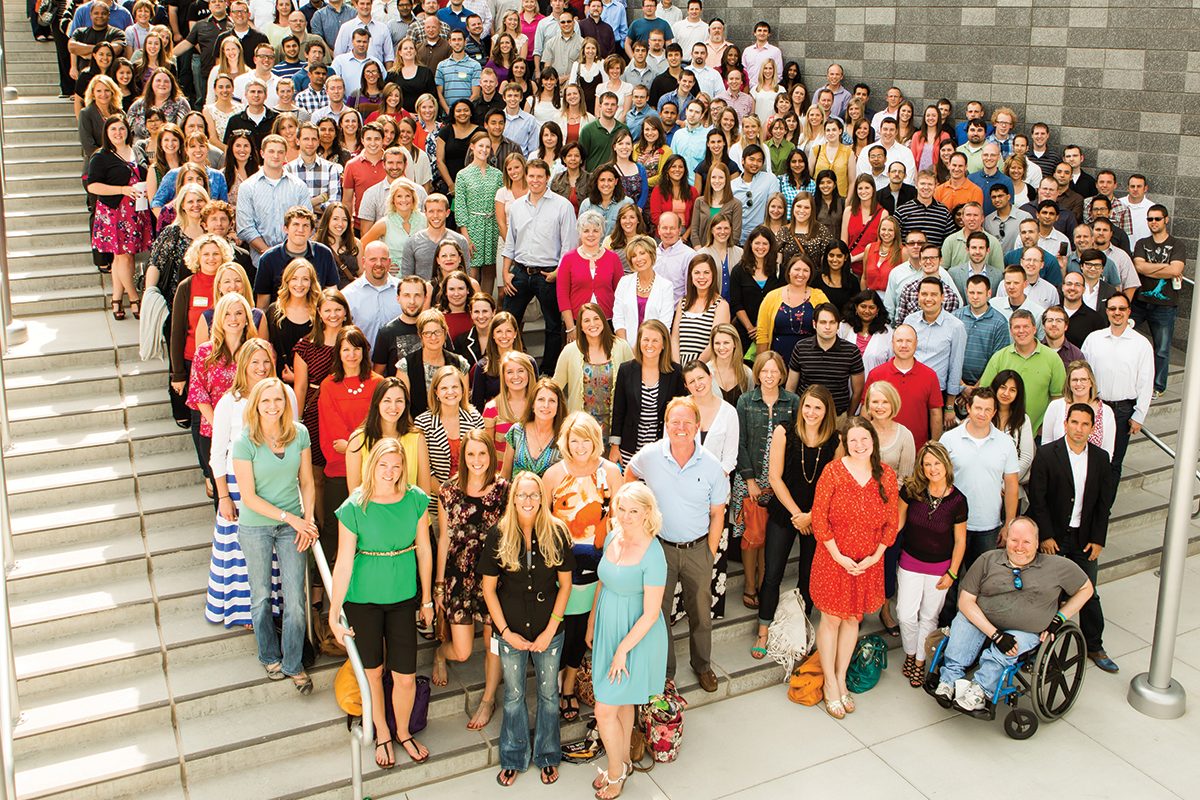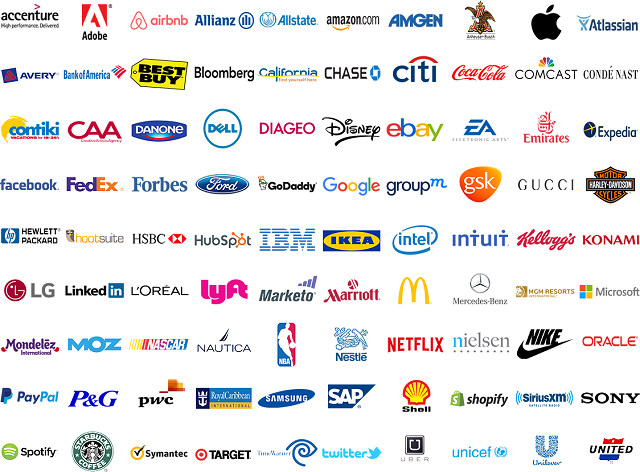AI and Social Media: Key Opportunities for Marketers
By Alex White In the current environment, B2B marketers need to make every investment count. So it’s interesting to see that, according to data from Madison Logic and The Harris Poll, social media advertising and AI tools were tied for the top spot among planned areas of increased B2B marketing investment here in 2025.
(Source: eMarketer)
At a time where efficiency is everything, and marketers are contending with a shifting SEO landscape, the intersection of social media and AI is an intriguing one, but also hazardous. Social platforms offer the ability to engage directly with your audience in a scalable way, but coming off as inauthentic threatens to quash the benefits of these channels.
Ad spending in the Social Media Advertising market worldwide is projected to reach US$276.72bn in 2025. – Statista
So, how are brands using AI to enhance their social media strategies? And how do marketers benefit from AI-powered tools like social listening, sentiment analysis, and predictive analytics, while steering clear of the pitfalls that can be associated with this technology? Let’s take a look.
The role of AI in enhancing social media strategies
The interest and excitement around using AI for social media is plain to see. We witnessed it ourselves when TopRank Marketing partnered with Sprinklr on the award-winning Socialverse campaign, which focused heavily on the growing role of AI technology for sales and marketing on social media. The influencer-driven event drew 5,000 registrants and 100,000 engagements.
The number of ways to use AI for social media marketing strategies is ever-expanding. Tools like ChatGPT assist with campaign reporting, Canva helps with content creation, and Sprout Listening offers customer insights by analyzing social conversations. AI can also enhance ad iteration, social media scheduling, and video editing with platforms like Admer, Hootsuite, and CapCut.
Just like any tool, it’s going to take some time to master. Think back to the early days of computers. They weren’t that helpful at first, didn’t save us time, or improve our lives right away. Today, we don’t know what we’d do without them. Like any technology, AI’s effectiveness depends on strategic use and human oversight, and it must be handled with care.
Keeping the human touch with AI
Perhaps one of the most accessible and easy-to-use applications of AI technology is leveraging AI tools that help B2B marketers write social media content. Before you grab your pitchforks, realize that tools like these should be used when you’re dealing with a bit of writer’s block, want to try experimenting with different variations of messaging, or just want a general check for errors. Using generative AI to produce finalized copy or creative is a path to nowhere.
Adam Walkiewicz, LinkedIn’s head of feed relevance, shares: “We see AI as a tool that can help with review of a draft or to beat the blank page problem, but the original thoughts and ideas that our members share are what matter.”
In other words, AI can assist with the process, but the true value comes from the human insights and experiences behind the content. As Socialverse star Jay Baer has put …read more
Source:: Top Rank Blog





